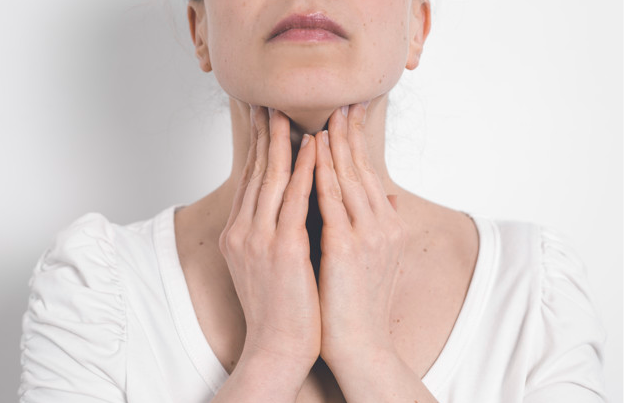 Well, it’s instalment #2 in The ABCs of Healthy Hormones and you know what that means: B is for…… blood sugar.
Well, it’s instalment #2 in The ABCs of Healthy Hormones and you know what that means: B is for…… blood sugar.
Well, sort of, anyway. I have covered this topic a couple of times so I invite you to revisit both my posts, How to Keep Blood Sugar Stable and Sugar, ah honey, honey…You are not my Candy Girl to refresh your understanding about the importance of blood sugar balance. I’ll also be returning to this topic in future blogs including when we hit on the outcome of the blood sugar rock ‘n’ roll – diabetes.
So what else can we discuss, related to hormones and starting with the letter B?
How about Basal Temperature Tracking (BTT)?
Tracking your temperature first thing in the morning can be a very helpful and non-invasive initial tool when you are trying to discover if your thyroid is working to its optimum.
Did you know that in Canada a staggering 1 in 10 people – mostly women – have some form of thyroid disease or dysfunction? And that a full 50% probably go undiagnosed?
Remember – your thyroid, which is a tiny butterfly-shaped gland that is located in your throat at the base of your neck, is pretty critical for good health. Thyroid hormones are one of the most important hormones for regulating your metabolic rate. And yes – that can implicate weight gain or getting stuck and unable to lose it.
But cardiac disease, lupus, reproductive difficulties, diabetes and arthritis are also some of the conditions that are associated with a poorly functioning thyroid.
Your thyroid can either be overactive (hyperthyroid) or underactive (hypothyroid). There is some genetic connection so if your mom or sisters or uncles have thyroid issues, you may also have concerns.
But plenty of other things can go wrong and take your thyroid out of balance – lack of iodine and other nutrients in the diet, imbalances in your adrenals or estrogen levels (because thyroid has to pick up the slack when these are under pressure), use of certain prescription drugs, or an autoimmune condition where your body’s immune system starts to attack its own organs can all cause an issue with thyroid.
Often the first niggling sign that something is wrong might be symptoms like these:
Hypothyroid (more common)
- inability to lose weight or weight gain
- feeling cold in a warm room or having cold hands and feet consistently
- apathy or depression
- lack of motivation
- fatigue
- constipation
- frequent colds
- swelling in ankles
- lack of libido
- hair loss – on your head or the last 1/3 of your eyebrows
- insomnia
Hyperthyroid (less common)
- increased heart rate
- anxiety
- insomnia
- frequent and loose bowel movements
- sweating
- unintended weight loss
Now if you suspect you have a thyroid condition or are seeing some symptoms as listed above that might indicate trouble, you can ask your medical or naturopathic doctor for a blood test. (Note: there are lots of specific things you need to ask to have included to ensure you’re getting the right measurements – we’ll address those when we get to T, ok?)
But you can also do this simple test – the basal temperature test – at home to get an indication of whether your concerns are well-founded.
Thyroid activity is directly related to body temperature. The ideal body temperature for efficient biochemical reactions is 37°C or 98°F. If temperatures are above or below this norm, chemical messengers (thyroid hormones) shift shape and then no longer precisely fit the receptor sites on the cells they are intended to activate.
Here’s how you do it:
The BTT requires taking underarm temperature, first thing in the morning before rising, when the body is at complete rest. (Note: menstruating woman need to start this test on the second or third day after flow starts. Postmenopausal women or men can do this at any time.)
- A range of 36.6°C (97.8°F) to 36.8°C (98.2°F) suggests normal thyroid.
- Temperatures below 36.6°C (97.8°F) suggest low thyroid
Directions:
1. Place a thermometer beside the bed before you go to sleep.
2. Upon wakening, before you actually rise, place the thermometer under the armpit and get a reading (If using a mercury thermometer-hold for 10 minutes before reading).
3. Record the reading on 5 consecutive days.
That’s it!
Once you’ve completed this exercise, discuss the outcomes with your health professional to determine what, if any, actions may be required in terms of changes in diet, activity, supplementation, further testing or (in consultation with your medical doctor) medication.
So blood sugar and the Basal Temperature Test (BTT) – both good Bs to know when you are trying to understand your hormones.
Healthfully yours –

